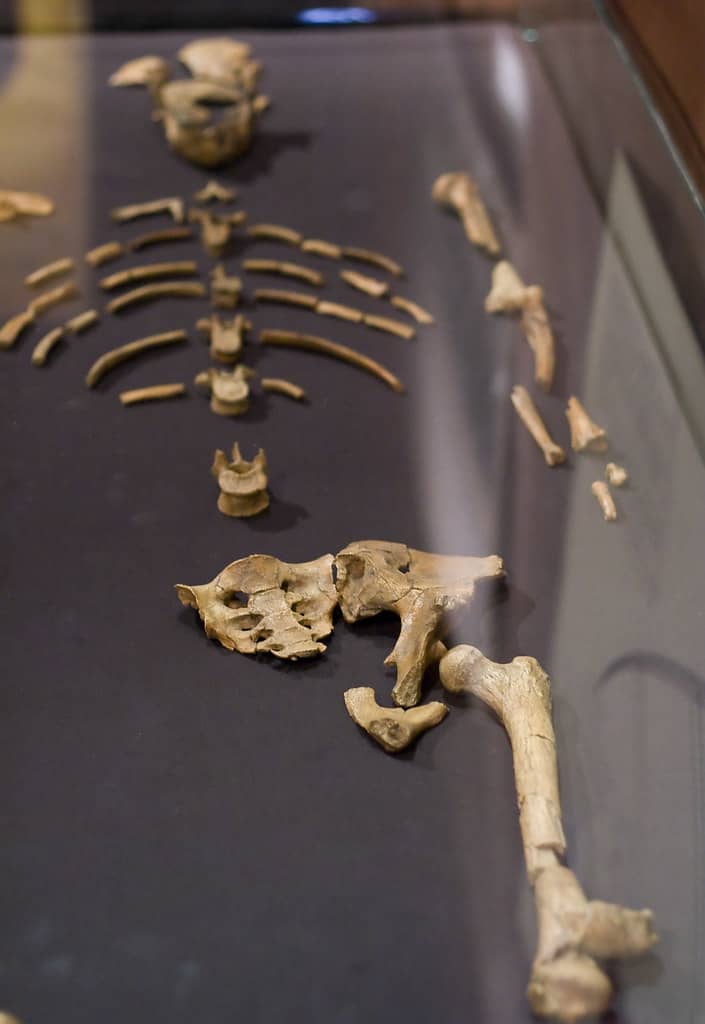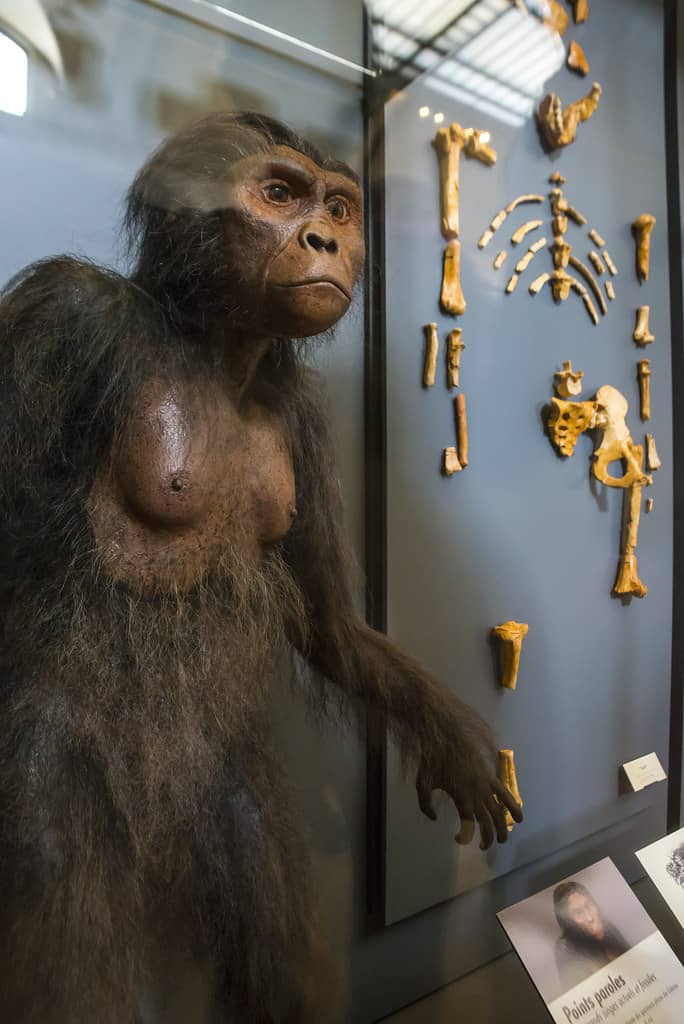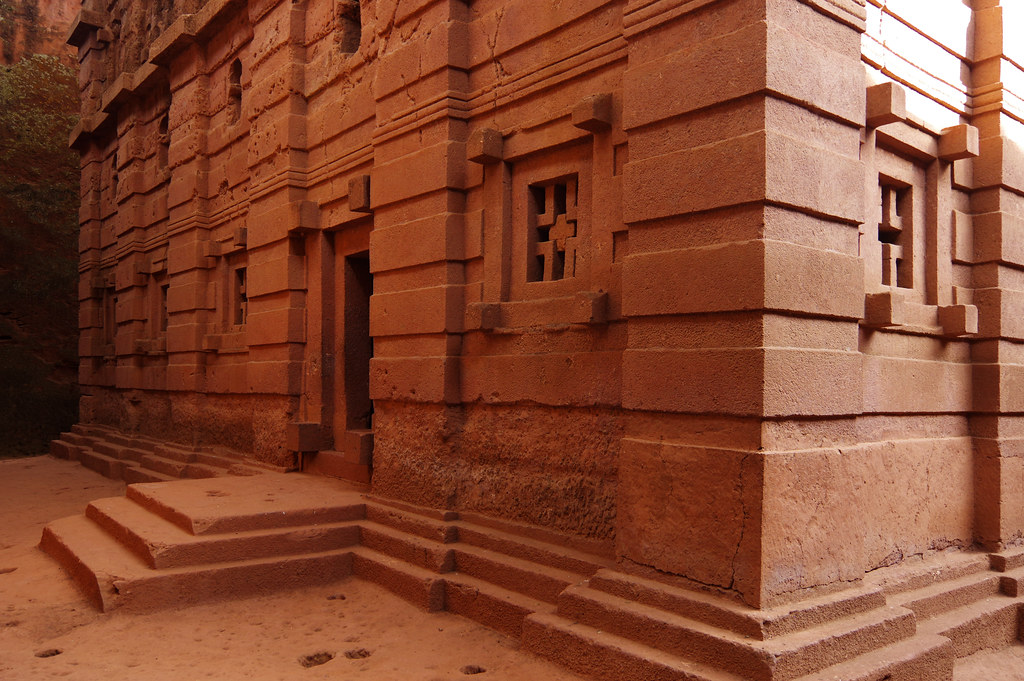- Home
- Unveiling the Lucy Skeleton: Australopithecus afarensis
Unveiling the Lucy Skeleton : Australopithecus afarensis
Explore the fascinating world of the Lucy skeleton, a famous Australopithecus afarensis fossil dating back 3.2 million years ago.
In 1974, paleoanthropologists made a groundbreaking discovery in Ethiopia that would change our understanding of human evolution forever. Unveiling the Lucy Skeleton, also known as Australopithecus afarensis, marked a major milestone in the field of anthropology. Lucy, the first human fossil, challenged long-held beliefs about the origins of humankind, shedding light on our ancient ancestors. As the first human being, Lucy the Australopithecus afarensis provided valuable insight into the evolution of homosapiens. Despite being labeled as a “ape” by some, Lucy remains a pivotal figure in the study of human evolution, forever changing our perception of where we come from.
Discovery of Lucy skeleton: Australopithecus afarensis Fossil

The Excavation Site
In November 1974, a remarkable discovery in the field of paleoanthropology illuminated the early chapters of human evolution. The excavation site, located in the Afar region of Ethiopia, known as Hadar, would soon become a focal point for scientists and enthusiasts intrigued by our ancient ancestors. The dry, layered sediment of Hadar provided the perfect conditions for preserving history in the form of fossils, allowing us a rare glimpse into a past more than 3 million years old.
This location, characterized by its harsh and remote environment, was not easily accessible, yet it held a treasure worth the expedition. The team led by Donald Johanson, an American paleoanthropologist, ventured into this desolate landscape, driven by the quest to uncover evidence of early human ancestors. Their efforts were about to be rewarded with one of the most significant paleontological findings—the Lucy skeleton.
Key Figures in the Discovery
Donald Johanson, the lead paleoanthropologist, alongside his colleague Tom Gray, were pivotal in the discovery of Lucy. On that transformative day in 1974, while surveying the site, Johanson spotted a small fragment of bone that caught his eye. This piece turned out to be part of a femur, leading to further excavation which unearthed more parts of what would soon be known as Lucy, a nearly 40% complete skeleton.
The significance of Lucy, named after the Beatles’ song “Lucy in the Sky with Diamonds,” which played in the camp during the expedition, was profound. This discovery was not just about finding a set of old bones; it was about connecting with a piece of our shared past. Lucy was classified as Australopithecus afarensis, a species that walked upright and possessed both ape-like and human-like characteristics. Her small frame and features like a curved finger bone and a valgus knee highlighted her adaptability to both arboreal and bipedal locomotion, offering invaluable insights into the evolutionary steps that led to modern humans.
Johanson’s expertise and leadership in the excavation did not only contribute to the field of paleoanthropology but also inspired a deeper curiosity and understanding of human origins around the world. His work, supported by institutions like the Cleveland Museum of Natural History and later shared through numerous publications and talks, underscored the importance of interdisciplinary collaboration in unearthing the secrets of our ancient lineage.
Lucy's Physical Characteristics

When we discovered Lucy, a treasure trove of information about our ancient past was unlocked. Found in the remote Afar region of Ethiopia, this extraordinary fossil, known as Lucy, provides critical insights into the journey of human evolution. Lucy, whose scientific name is Australopithecus afarensis, has been a cornerstone in our understanding of human ancestry since her discovery in 1974.
Lucy’s skeleton is remarkably complete compared to many other hominid fossils, with about 40% of her skeleton recovered. This includes a significant portion of her skull, spinal vertebrae, her nearly complete right leg, and parts of her pelvis—each contributing to our understanding of her physical characteristics and lifestyle. Notably, Lucy stood about 3.5 feet tall and weighed roughly 60 pounds, her small stature belying her monumental significance.
Her most distinctive physical traits—a valgus knee and a pelvis that supported upright walking—reveal that Lucy was bipedal. This ability to walk upright is a hallmark of human evolution, indicating a shift from tree-dwelling to life on the open savannah. Her adaptation represents a significant evolutionary step towards modern human locomotion, reflecting the changes in our ancestors’ environment and behaviors millions of years ago.
Comparisons with Other Hominid Finds
Lucy is not the only hominid to have marked her presence in the annals of prehistory, but she remains one of the most celebrated. Her discovery predates some finds while postdating others, such as the more complete skeleton of Ardipithecus ramidus (Ardi) and later discoveries like those of the Homo naledi. However, Lucy’s find provides a unique snapshot of evolutionary development.
Comparatively, Homo naledi, discovered in South Africa, shares some of Lucy’s traits but also presents features more akin to modern humans, such as its hands and skull shape. This contrast underlines the diversity and complexity of human evolution, where different traits evolved at varying rates and times across species.
Moreover, Lucy’s species, Australopithecus afarensis, is understood to have lived over a span of time that suggests significant longevity and success as a species in adapting to their environments. This longevity contrasts with other hominid finds that represent species which may have existed for shorter periods or were less widespread geographically.
Lucy’s Home: The Afar Region
Geographical and Historical Context
Nestled in the horn of East Africa, the Afar Region of Ethiopia is a place of profound geological and anthropological significance. It’s here, amid the harsh, sunbaked landscapes, that Lucy—a 3.2 million-year-old fossil of Australopithecus afarensis—was discovered in 1974. This region, marked by its dry, desert-like climate, plays a pivotal role in the study of human evolution due to its rich deposits of hominid fossils.
The Afar Region is part of the Great Rift Valley, where tectonic forces continue to shape the earth’s surface. This dynamic geological activity has exposed ancient sedimentary layers, offering a window into millions of years of Earth’s history. The area’s unique conditions preserve a record of biological and ecological changes over time, making it a crucial site for paleontologists and archaeologists.
Historically, the Afar Region has been somewhat isolated due to its challenging environment. However, its contribution to our understanding of human origins cannot be overstated. The discovery of Lucy and subsequent finds have drawn researchers from around the world, keen to unravel the secrets of our ancient past. We, as scholars and enthusiasts, owe a great deal to the natural features of the Afar Region that have preserved these invaluable snapshots of evolutionary history.
Other Notable Finds from the Region
Lucy is far from the only significant discovery in the Afar Region. This area is a treasure trove of paleontological wealth, housing several other critical finds that have shaped our understanding of human evolution. Just a few kilometers from where Lucy was found, the remains of Australopithecus garhi, a potential direct ancestor to the genus Homo, were unearthed, suggesting the region’s importance in the lineage leading to modern humans.
Another remarkable find includes the famous “Ardi,” (Ardipithecus ramidus), discovered in 1994. Older than Lucy, Ardi provides insight into what our ancestors might have looked like before the advent of bipedalism. With a mixture of both primitive and advanced traits, these fossils offer clues about the evolutionary adaptations that occurred in our lineage.
Moreover, the region yielded “Selam,” also known as “Lucy’s baby,” an almost complete Australopithecus afarensis juvenile skeleton. This find has been pivotal in understanding the growth and development patterns of early hominins, providing unprecedented insight into the childhood of our ancestors.
Each of these discoveries contributes to a broader narrative of human evolution that began in Africa. The fossils found in the Afar Region have been instrumental in confirming that significant milestones in human evolution, such as walking upright, occurred in East Africa. Our continuous research and exploration in this area not only honor these finds but also reaffirm our commitment to uncovering more about our shared past.
Lucy Today

Where is Lucy Now?
Since her discovery in the Afar region of Ethiopia in 1974, Lucy has become not just a scientific marvel but also a cultural and historical emblem of human evolution. Today, the original fossils of Lucy are carefully preserved at the National Museum of Ethiopia in Addis Ababa. This repository is not only a center of preservation but also a hub of research and education, providing insights into the ancient past of humanity.
Conclusion
In exploring the remarkable journey of the Lucy skeleton, we uncover a narrative that not only spans millions of years but also bridges continents and cultures. Housed at the National Museum of Ethiopia, Lucy—our invaluable link to the ancient world—continues to captivate and educate through both her original fossils and the replicas exhibited worldwide. These exhibitions underscore the universal quest for knowledge and connection, illustrating the profound impact of our shared heritage on understanding our origins and ourselves.
Frequently asked questions
-
What is the significance of the fossil nicknamed Lucy?
The fossil known as Lucy is the skeletal remains of an Australopithecus afarensis, a species of early hominin that lived around 3.2 million years ago. Lucy is considered to be a crucial link in the study of human evolution and human origins, providing valuable insights into our early ancestors.
-
Where was the Lucy skeleton discovered?
The skeleton of Lucy was unearthed in 1974 in Hadar, Ethiopia by paleoanthropologist Donald Johanson. This discovery marked a significant milestone in the field of human evolution and the study of early human ancestors.
-
How does the skeleton of Lucy contribute to our understanding of human origins?
Through the meticulous reconstruction of Lucy's remains, scientists were able to determine that Australopithecus afarensis was an early human ancestor capable of walking upright, challenging previous notions about our ape-like ancestors.
-
What features of the Lucy skeleton suggest bipedalism?
The structure of Lucy's pelvis and knee joint indicate that she walked upright, a key characteristic of bipedalism. These adaptations set her apart from chimpanzees and other modern human relatives.
About Author
Meet Hanan Akmel, our SAAS SEO Specialist with a rich experience of 5 years in enhancing online presence for diverse clients. With a passion for digital landscapes and a keen eye for search engine trends, Hanan excels in crafting strategies that significantly boost search engine rankings and user engagement. Her expertise lies in seamlessly integrating technical SEO with content-driven approaches, ensuring a holistic growth for her clients’ digital footprint.
Subscribe to stay up-to-date with Ethiopia
Get the Free monthly newsletter








